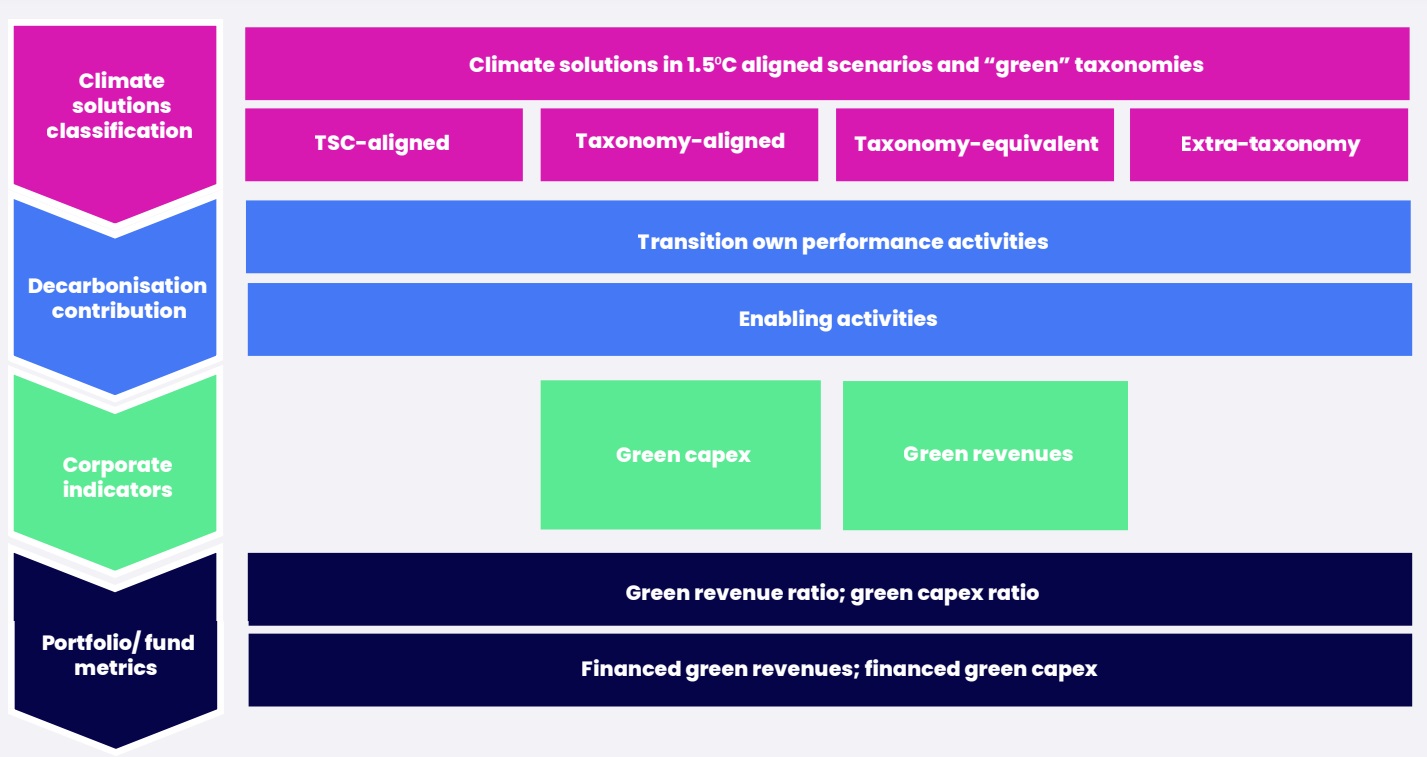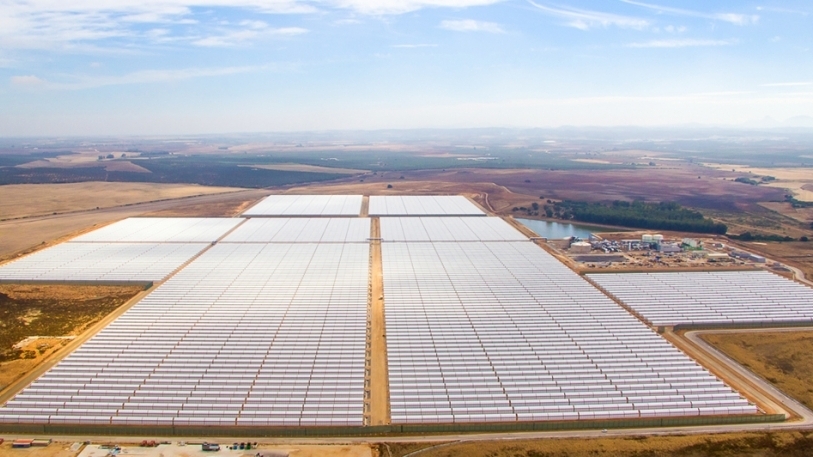
IIGCC pushes asset owners towards more green allocations with investor guidance
The Institutional Investors Group on Climate Change (IIGCC) has developed a framework for investors to help asset owners identify, classify and measure allocations to climate solutions and projects.
The guidance – which covers listed equity and corporate fixed income – is aimed at scaling up climate and net zero-related investment as it provides practical guidance investors that have, or are keen to grow their green investment portfolio as part of their net zero transition plans.
It is aimed at investors utilising the Net Zero Investment Framework (NZIF) and other net zero target setting methodologies to meet voluntary net zero commitments through increasing allocation to climate solutions, the IIGCC said.
The group stressed the guidance "may be of particular use to Paris Aligned asset owner and net zero asset manager signatories, as well as other signatories committed to net zero within the Glasgow Finance Alliance for Net Zero (GFANZ).
The IIGCC is Europe's largest membership body that aims to encourage and drive investors towards the implementation of net zero goals and targets.
It currently has around 375 members, with around €51 trillion in assets under management.
Increasing capital allocations
The IIGCC argued the new guidance was needed as engagement with policymakers, regulators and industry stakeholders will be increasingly important to create the "enabling environment" for increased investment in climate solutions and
the transition to net zero.
While the newly developed recommendations solely cover listed equity and corporate fixed income, the group said future guidance will broaden the focus to include additional asset classes and levers of influence.
Net Zero Investor's Annual Conference | 11th December 2023 | London
The IIGCC's report goes on to describe multiple points through which investors can assess climate solutions activities at the asset level.
Linked to these points in the lifecycle are a range of metrics, such as capital expenditure (capex), research and development (R&D), low carbon production capacity and output, and revenues.
It also introduces climate solutions classifications of “transition” activities and “enabling” activities, representing decarbonisation contributions within and beyond the value chain respectively.
Taking a range of metrics, the IIGCC sets out the role climate solutions can play in investors’ net zero transition plans, including target setting, informing strategic asset allocation, and assessing corporate transition plans and alignment to
1.5°C-aligned climate scenarios.
Moreover, the coalition highlights three core engagement actions investors can opt to take with investee companies, policymakers and regulators, and data vendors, to drive increased investment in climate solutions.
In addition, the IIGCC also focuses on green revenue- and green capex-based metrics. It sets out options for investors to follow 'taxonomy-based' and 'taxonomy-plus' approaches to identifying activities linked to green revenues and green capex.
"The flexibility in the use of classifications recommended in this guidance aims to overcome practical challenges with pure taxonomy-based approaches and incentivise the innovation required within the investment industry, to increase capital allocation to climate solutions at the pace needed for a 1.5°C scenario with low- or no-overshoot," the guidance explained.
Furthermore, a detailed, four-step approach for investors calculates green revenue and green capex metrics is provided.


The IIGCC did say it will update or amend its guidance frequently as methodologies, data quality and availability and regulation are evolving quickly.
"IIGCC anticipates that additional components of this guidance will follow, including metrics and approaches for other asset classes such as private equity, sovereign bonds and real estate," the group said.
The report went on to urge investors that the Net Zero Investment Framework to disclose, as a minimum, a green revenue ratio and financed green revenues.
"As data availability improves, investors can also aim to disclose green capex ratio and financed green capex. Additional low carbon production-based metrics and avoided emissions can be utilised and disclosed at investors’ discretion," it said.
Finally, the IIGCC warned that the guidance could only be a success if investors implement principles of standardisation and transparency.
"Adherence to these principles will support clear and transparent disclosures and protect the integrity of climate solutions classifications presented here," it concluded.




